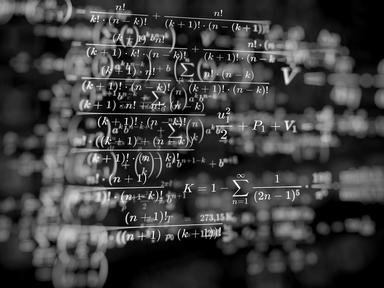Quiz Answer Key and Fun Facts
1. The formal study of uncertainty and likelihood
2. Counting the size of a finite collection of objects, such as the number of permutations of a set of numbers
3. The study of continuous change, split into 'differential' and 'integral' varieties
4. Concerns its namesake objects; sets of elements with an operation such as addition or multiplication
5. Considers properties of a shape that stay constant despite deformation - a donut and a coffee cup are considered the same here
6. Considers optimal strategies for two or more rational 'players' - often applied to economics
7. Known as the 'Queen of Mathematics' due to its age, it considers the integers
8. The study of objects that could be made with shoelaces (if you fuse the ends together!)
9. Studies the properties of vector spaces, matrices, eigenvalues and eigenvectors
10. Its namesake objects exhibit self-similarity at different length scales
Source: Author
pagea
This quiz was reviewed by FunTrivia editor
rossian before going online.
Any errors found in FunTrivia content are routinely corrected through our feedback system.
